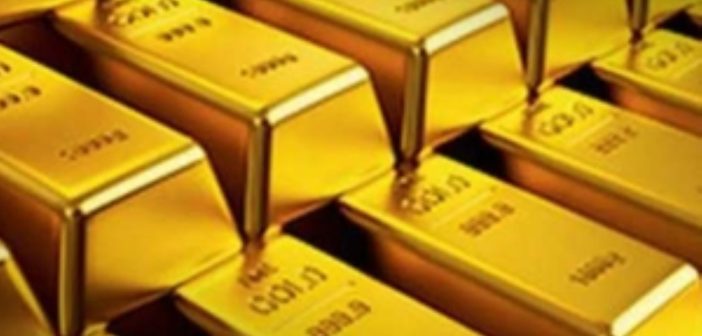International gold prices are poised to climb nearly 38% this year, potentially reaching $4,500 per ounce due to escalating trade tensions and mounting fears of a global recession, according to a new report by Goldman Sachs. The financial firm outlined scenarios in which gold prices could hit record highs as investors increasingly turn to the precious metal as a safe-haven asset.
Goldman Sachs noted that the intensifying US-China trade war and economic instability are driving demand for gold. In a high-risk scenario, prices are forecast to reach $4,500 per ounce by the end of 2025. Under normal market conditions, however, the firm estimates gold will rise to $3,700 per ounce over the same period. This projection marks the third time Goldman Sachs has adjusted its gold price target for 2025, having previously revised it upward to $3,300 per ounce.
Concerns surrounding the US economy, fueled by the trade war and uncertainty over President Donald Trump’s aggressive tariffs, are contributing to global market volatility. Analysts attribute gold’s sharp rise to its position as a safe haven amid fears of recession, rising bond yields, and financial instability. Gold prices surged 6.5% last week, marking their best weekly performance since the COVID-19 pandemic began.
The report highlights how both individual investors and institutions are increasingly purchasing gold as a hedge against economic uncertainty. Central banks, particularly in emerging markets, are buying gold in large quantities to reduce reliance on the dollar. This trend is providing robust support to gold prices and pushing them higher.
The growing demand for gold-based exchange-traded funds (ETFs) further underscores investor confidence in the metal. The first quarter of 2025 saw the highest investment in gold ETFs since 2020, with analysts predicting continued inflows as traditional safe-haven assets such as US stocks and Treasury bonds experience sell-offs.
Central banks across emerging markets are ramping up gold purchases to bolster their reserves. This reflects a broader shift in monetary policy aimed at minimizing exposure to dollar volatility while safeguarding financial stability.
As trade tensions and recession fears continue to dominate headlines, experts anticipate that gold will remain a preferred investment for risk-averse investors. With global economic uncertainty showing no signs of abating, the precious metal’s upward trajectory is expected to persist in the months ahead.





